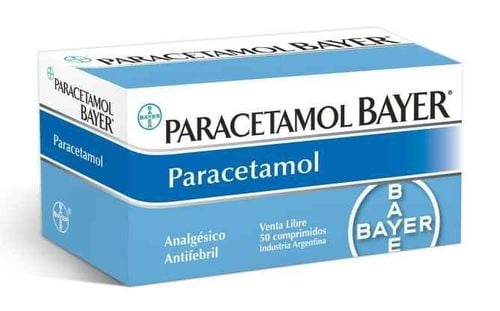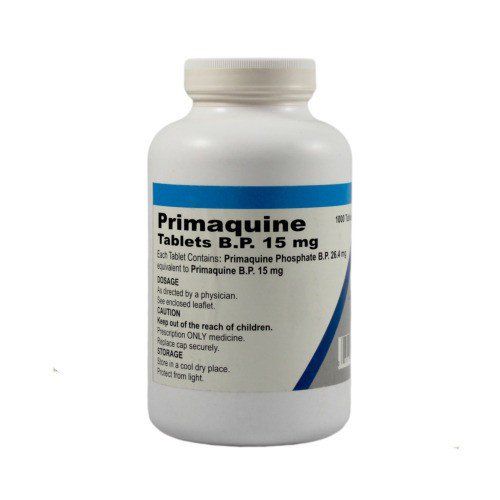This is an automatically translated article.
The article was professionally consulted with Master, Doctor Nguyen Thi Nhat - Infectious Diseases Doctor - Department of Medical Examination & Internal Medicine - Vinmec Hai Phong International General Hospital.1. What is Malaria?
Malaria is an infectious disease of the respiratory system caused by a parasite called Plasmodium. This disease is transmitted from person to person, the main route of transmission is by mosquito bites. Therefore, the disease has a high incidence in tropical or subtropical climates with the characteristics of many trees and mold.Anyone at risk of contracting malaria, especially those with weak resistance will be very susceptible to infection, usually the elderly and children. Besides, the possibility of re-infection in patients who have been treated for malaria is also very high, the mortality rate is up to 20%. Therefore, malaria is considered a dangerous disease, people need to raise their awareness of protecting their own health as well as those in their families.
MORE: How long does malaria last?

2. Malaria incubation period
The incubation period of each patient with malaria will be different depending on the type of parasite:When infected with Plasmodium Falciparum: incubation period is usually shortest, symptoms usually persist from 9 to 14 days; When infected with Plasmodium Vivax: incubation period is longer, symptoms usually persist from 12 to 17 days; When infected with Plasmodium Malariae: symptoms usually persist for 20 to several months; When infected with Plasmodium Ovale: this is the most dangerous parasite, causing many different symptoms and has an incubation period of up to 10 months. Besides the parasitic factor, the incubation period of malaria in each person also depends on the amount of infectious parasites present in the blood. However, the symptoms of malaria do not last very long, usually a few days. The World Health Organization (WHO) has divided malaria into two categories:
Common, ie no complications; Malignant form, which has complications. The fever cycle and severity of malaria symptoms also vary depending on the type of parasite that causes the disease. Specifically:
Fever caused by Plasmodium Falciparum infection: The level of danger is quite high because fevers occur every day, easily leading to unwanted complications or serious changes to malignancy. Patients infected with this parasite need to be detected and treated early to avoid the risk of death. Fever due to Plasmodium Vivax infection: Usually, the patient has a fever once a day, the interval between fevers is quite long. Fever caused by Plasmodium Ovale and Plasmodium Malariae: Every 1 to 3 days, the patient has a fever. SEE ALSO: Common lesions of severe malaria
3. Malaria symptoms
Malaria infection in humans is mainly caused by the bite of female anophen mosquitoes, through which they inject the parasite into the host's bloodstream. The parasites will migrate to the liver and stay there for 1 to 2 weeks, then spread to attack the blood cells. At this point, the symptoms of malaria will begin to appear.3.1. High fever High fever is the most common symptom of malaria, the patient's body temperature will now be at least 38.9 degrees Celsius. It can be said that if the patient has just been bitten by a mosquito carrying the disease, only 10 to 15 days later, fevers will begin to appear and these are the first symptoms to appear.
These fevers will come and go, but dangerously they keep repeating. Since fevers in the early stages are quite mild, it is important to distinguish them from other common illnesses such as a cold or the flu.

As the disease progresses, the shivering fever can be so severe that the patient's body has convulsions. In particular, the chills and chills caused by malaria will not be overcome by extra blankets or extra clothes.
3.3. Headache and myalgia Patients with a malaria attack will be accompanied by secondary, less specific symptoms of headache and muscle aches. Depending on the patient, the severity of the headache will range from moderate to severe. Because the parasite takes time to multiply in the liver and then spread throughout the body, it is only when primary symptoms occur that secondary symptoms appear.
At first, the headaches of malaria are always very mild, just like tension headaches. However, once the parasite has begun to spread throughout the body, destroying red blood cells, the pain becomes more intense, to the extent of a migraine. Accompanying the headache is pain in the legs and back muscles.
3.4. Vomiting and diarrhea Vomiting and diarrhea are other secondary, nonspecific symptoms of malaria. Usually, these two million will combine with each other and at the same time take place many times a day, making the patient's body always feel extremely uncomfortable and tired.
However, the symptoms of malarial diarrhea will disappear after a few days and are not as severe or bloody as diarrhea caused by food poisoning or cholera infection.
3.5. Other malaria symptoms After the primary and secondary symptoms appear, the patient should immediately go to medical facilities to receive diagnosis and treatment to avoid leading to more severe symptoms. Accordingly, when there are signs of the disease below, the risk of complications and death increases significantly:
Shortness of breath, respiratory failure, nervous breakdown; Repeated convulsions, possibly falling into a coma; Very low blood pressure; There is severe anemia, abnormal bleeding; Renal failure, liver failure; Jaundice; Large spleen. Malaria symptoms are quite clear, you can rely on the information in the above article to identify symptoms early. If you suspect that you have malaria symptoms, you must go to a medical facility for examination, diagnosis and treatment. Malaria is a very dangerous infectious disease, so everyone needs to be proactive in preventing and consciously protecting their health.
Please dial HOTLINE for more information or register for an appointment HERE. Download MyVinmec app to make appointments faster and to manage your bookings easily.














